Robot Mower Is Not Working have revolutionized lawn maintenance, offering convenience and time savings for homeowners. However, like any technology, they can encounter issues that prevent them from functioning properly. If you find your robotic helper sitting idle instead of keeping your lawn pristine, several common problems might be to blame. Understanding these issues can help you get your automated gardener back on track quickly.
Battery Issues: Is Your Mower Properly Charged?
One of the most common reasons for a non-functioning robot mower is simply a lack of power. Modern robot mowers rely on rechargeable batteries that, while designed for longevity, still require proper charging.
Signs of charging problems:
- The mower stops midway through a mowing cycle
- The power indicator shows a low battery or flashes red
- The mower returns to the charging station more frequently than usual
- The device won’t start at all
If your Robot Mower Is Not Working and isn’t holding a charge, check that the charging station is properly connected to power. Examine the charging contacts on both the mower and the station for dirt, debris, or corrosion that might prevent proper connection. In some cases, the battery itself may have degraded over time and require replacement – most manufacturers recommend replacing batteries every 2-3 years, depending on usage patterns.
Connectivity Issues: Is Your Mower Connected?
Modern robot mowers rely on various types of connectivity to function properly. This includes connections to WiFi networks, Bluetooth connections to phone apps, and RTK antennas.
Troubleshooting connectivity:
- Verify that your home WiFi network is functioning properly. Also, make sure the signal is strong in the yard where the mower is working. You may need to buy a signal booster to accomplish this.
- Ensure your mower’s app is updated to the latest version
- Confirm that Bluetooth is enabled on your phone if using app controls
Try resetting the mower, the wifi router, and your cell phone.
Grass Height Problems: Is Your Lawn Too Tall?
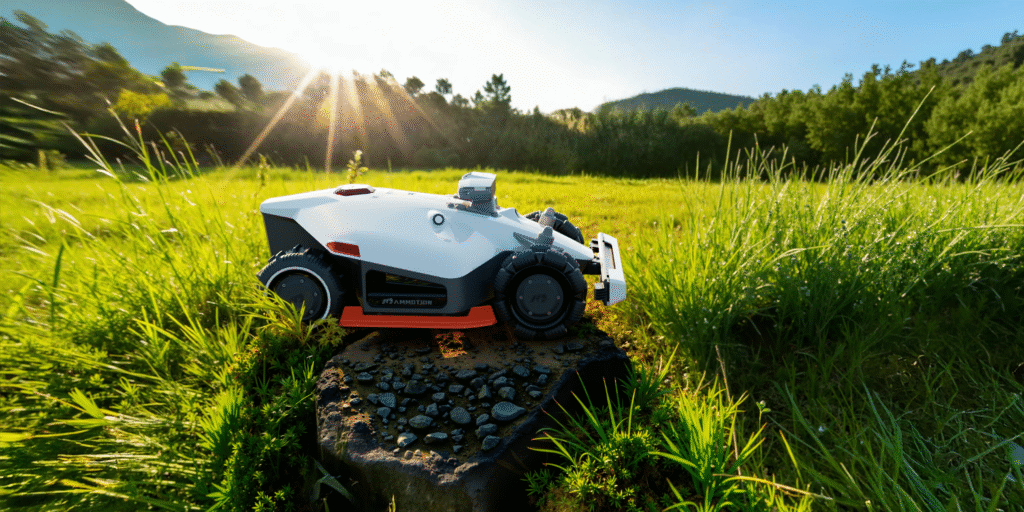
Robot mowers are designed to maintain lawns, not tame jungles. If your grass has grown too tall – perhaps after a vacation or during rapid growth seasons – your mower might struggle or refuse to operate altogether. Your mower will see the grass as an obstacle and avoid it instead of cutting it.
When grass height becomes a problem:
- The mower stops frequently or gets stuck
- You notice uneven cutting patterns
- The motor sounds strained
- The mower shuts down due to overheating
Most robot mowers are designed to handle grass heights of 2-4 inches maximum. If your lawn exceeds this height, you’ll need to do an initial cut with a traditional mower before your robot can resume maintenance. Some advanced models have sensors that detect grass height and will refuse to operate when conditions exceed their capabilities – a safety feature that prevents motor damage.
Weather Woes: Is It Raining?
Rain and robotic mowers generally don’t mix well. Most models include rain sensors that prevent operation during wet conditions for several important reasons.
Why rain stop your mower?
- Wet grass clumps and clogs cutting mechanisms
- Slippery conditions affect traction and navigation
- Moisture can damage electronic components
- Wet soil is easily damaged and rutted
If your mower refuses to start and it has been raining, this is likely a safety feature rather than a malfunction. Most models will automatically resume operation once their sensors detect dry conditions. However, if your mower continues to detect rain when conditions are dry, the rain sensor might need cleaning or replacement.
Navigation Problems: Is Your Mower Stuck?
Getting stuck is perhaps the most common issue robot mowers encounter. Despite advanced obstacle detection systems, these devices can still find themselves in troublesome situations.
Common obstacles and solutions:
- Small depressions or holes: Fill these with soil and reseed
- Garden decorations or toys: Create exclusion zones or remove obstacles
- Tree roots or landscaping edges: Adjust boundary wires to avoid these areas
- Thick patches of weeds: Maintain these areas separately
Some models include “stuck” notifications through their apps. If your mower gets stuck frequently in the same location, consider modifying that area or adjusting your mowing zone to exclude problematic areas.
Maintenance Matters: Regular Care Prevents Problems
Many robot mower issues can be prevented with regular maintenance. This includes cleaning the undercarriage and wheels, checking and replacing blades when necessary, and ensuring all sensors are clean and unobstructed.
Most manufacturers recommend a thorough cleaning every 4 weeks during mowing season and a comprehensive maintenance check before storing for winter. Following these guidelines will extend your mower’s life and reduce troubleshooting headaches.
Conclusion
Robot mowers offer tremendous convenience when operating properly, but they do require some attention and maintenance. By understanding these common issues – battery problems, connectivity failures, grass height limitations, weather restrictions, and navigation challenges – you can quickly diagnose and resolve most problems. When in doubt, consult your owner’s manual or contact the manufacturer for model-specific advice. With proper care, your robotic gardener will provide years of reliable service, giving you more time to enjoy your perfectly maintained lawn.

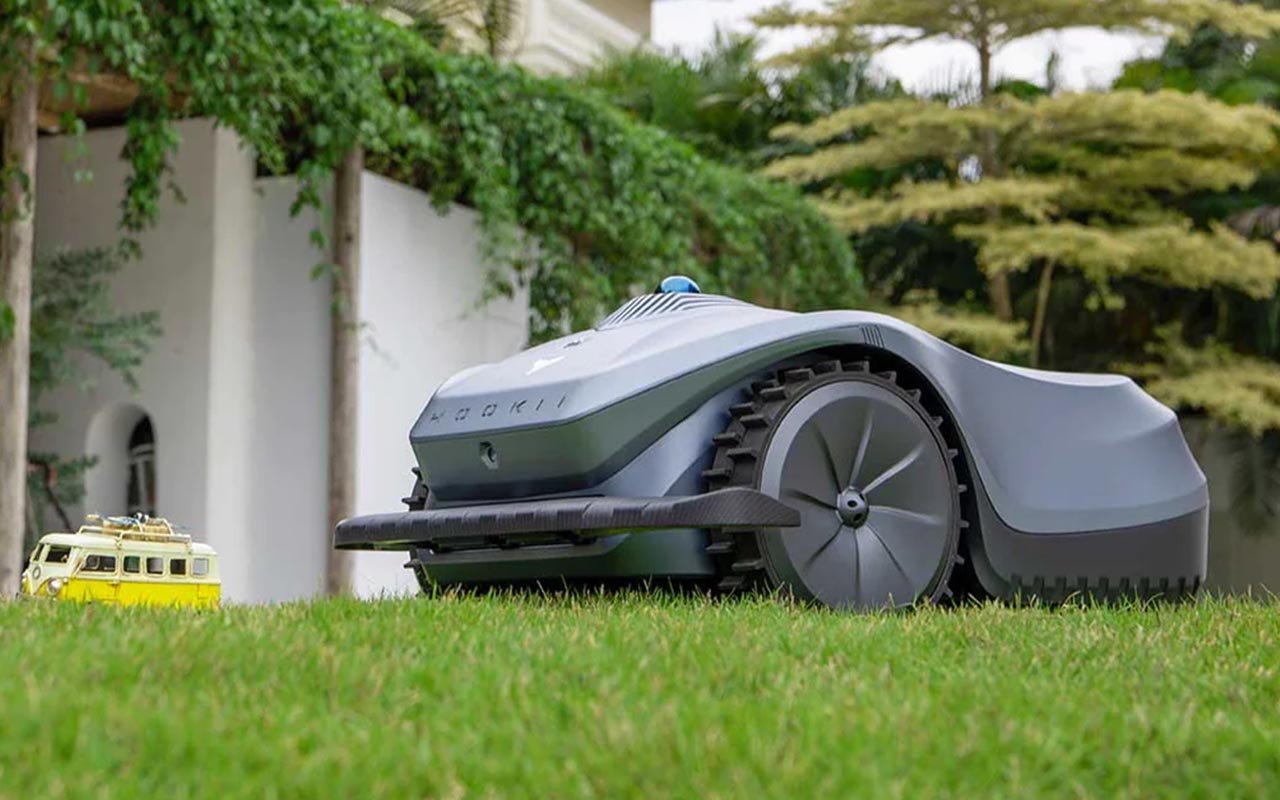
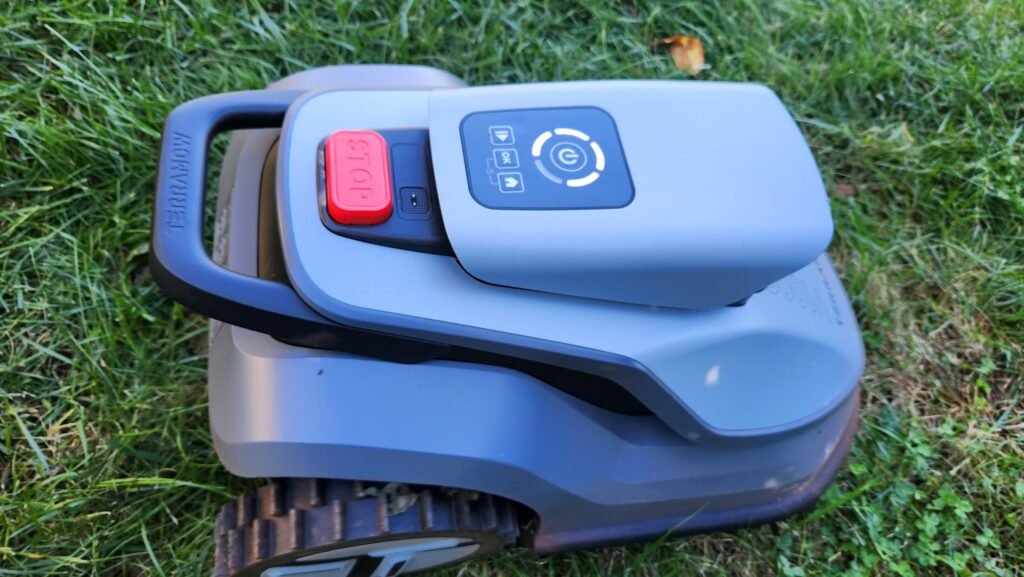
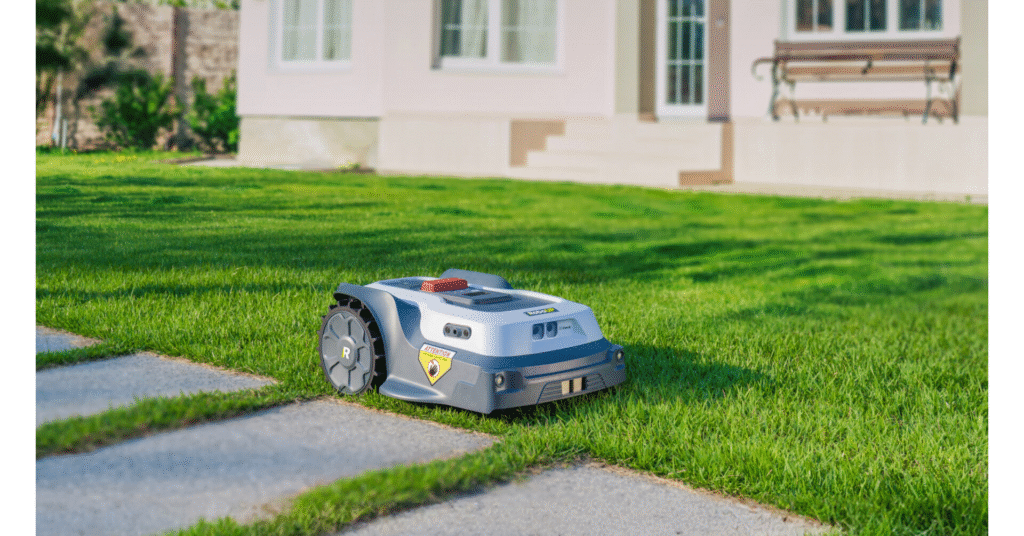


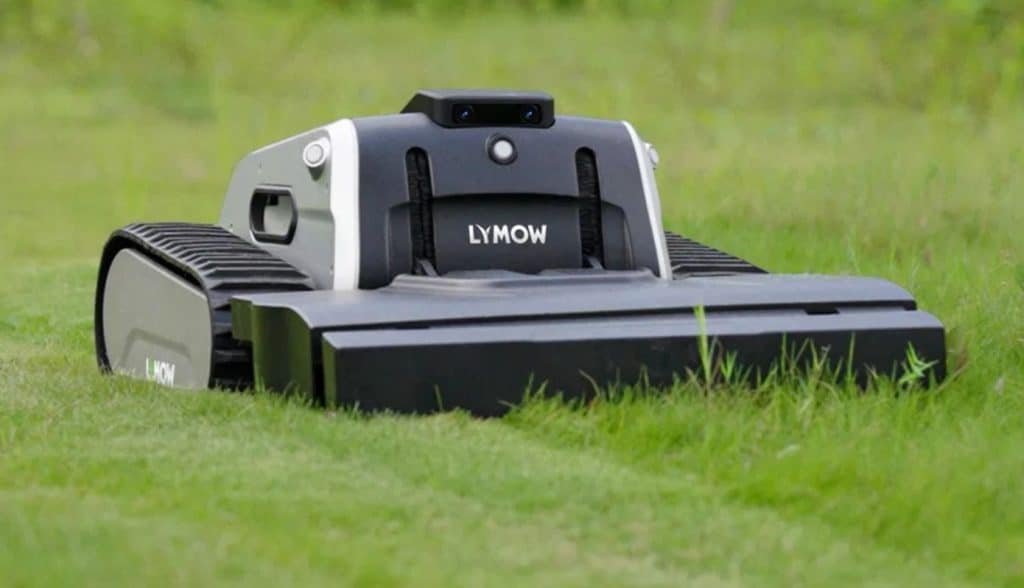






thanks for the help!